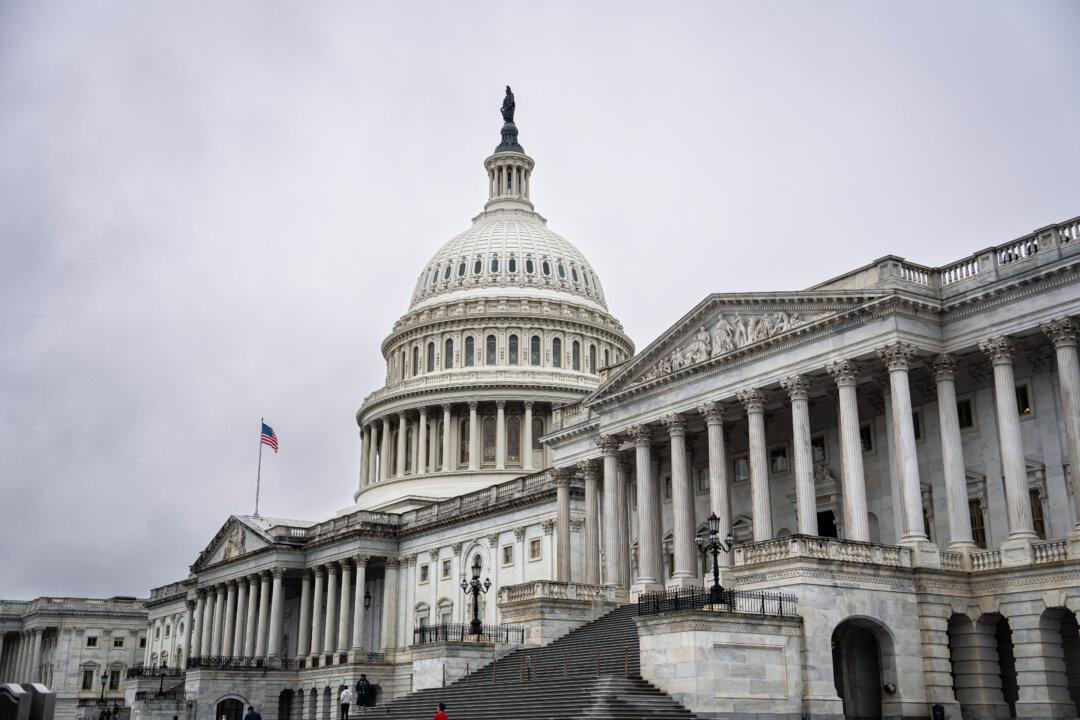The demonstrations that have broken out around the country are part of a strategic plan to transform the United States into a progressive utopia. The riots into which they quickly devolved are not. It’s important to understand the difference between them.
The strategy itself is hardly a secret. It appears, for example, in Paul Engler’s “Resistance Guide,” published shortly after Donald Trump became president.
Engler is the rare and dangerous combination of a theorist and an activist. In 2014, he launched a “movement incubator” called Momentum. Within five years, he’d incubated groups promoting climate change, pushing for open borders, and spreading anti-Israel activism. As a theorist, Engler has brought forward the work of two significant predecessors: Saul Alinsky and Gene Sharp.
Alinsky, the premiere labor organizer of the mid-20th century, is best known for his “Rules for Radicals.” Engler has applied lessons learned from open source development, networked organizations, and social media campaigning to bring Alinsky’s tactics into the 21st century.
Sharp, a scholar of nonviolent uprisings, proved even more influential. Sharp distilled and cataloged the lessons of history. He drew a distinction between ideological and tactical nonviolence—and showed that the nonviolence driving Gandhi and Martin Luther King Jr. was tactical. In Sharp’s view, had either of these leaders possessed superior weapons or commanded superior armies, they would have fought more conventionally. Because those assets belonged to their opponents, they drew instead upon the assets they did command: a large following and moral suasion.
Engler brought Sharp’s nonviolent disruption tactics to play in today’s America, where progressive assets include academia, the media, Hollywood, Silicon Valley, and the civil service. That gives them a significant edge in shaping what people hear and believe.
George Floyd’s death provided the excuse to roll out a long-planned campaign of nonviolent resistance. The events on May 29 outside the White House provide the clearest demonstration of the strategy in action. Protestors holding their hands in the air moved forward slowly to break through Secret Service barriers. Their goal was to create an untenable choice. If large numbers of unarmed civilians march on the White House, the president could either let them through and appear weak or employ force and appear brutal. To its great credit, the Secret Service was able to defuse the situation—this time. In the long run, however, the tactic is devastating.
In this round of protests—unlike those during the Obama years—Black Lives Matter (BLM) not only insists upon its own nonviolence, but seems genuinely distressed at Antifa wreaking havoc on innocent citizens and businesses. The distress is real, but it has little to do with the minority-owned businesses set aflame. BLM set out to win and hold the sympathy of enough swing voters to cost Trump the election. Their hope was to unveil a campaign of nonviolent resistance tied to the moral cause of preventing further deaths like Floyd’s. Antifa’s violent overlays undermine their entire game.
The president’s instincts in countering this strategy have been excellent but insufficient. He’s taken Floyd’s cause as his own, vowing and delivering swift high-level involvement. He could do more. He could, for example, emphasize that even though police brutality is neither pervasive nor common, it remains a problem that a presidential commission would address.
He has also wisely stuck with the proper deference to federalism he has shown during the COVID-19 pandemic. Maintaining law and order, and protecting the life and property of citizens, is a local obligation. Trump has made it clear that federal resources are available—but will be provided only to mayors and governors who request it.
Furthermore, Antifa’s anarchic violence creates certain openings by upending Sharp’s playbook. The BLM organizers violated a cardinal rule. They neglected to get signoff from all of their allies. No one bothered to tell Antifa not to use its standard tactics. That’s a fatal flaw. Effective nonviolent tactics really are nearly impossible to defeat without committing atrocities against civilians. They are, however, quite difficult to implement well. America’s progressives have implemented them poorly.
The president needs sharp and emphatic messaging to accompany his instincts. He needs to come out loudly in favor of communities and victims. He needs to call upon local officials to accelerate their efforts to protect civilians and private property. He needs to emphasize the devastation that these rioters are having on local communities. He needs to announce that the Department of Justice will coordinate claims against identifiable agitators and responsible organizations. He needs to highlight the extent to which celebrities and selected progressive leaders are siding with rioters rather than citizens.
Finally, he needs to remind everyone that we’ve still got social distancing guidelines in place—and recommend that anyone arrested at the riots be put into a 14-day quarantine with full contact tracing. He also needs to remind America that there’s now an experiment underway; if these riots don’t spike COVID-19 cases, we can relax social distancing guidelines sooner than expected.
All told, two groups of progressives are devouring each other. That gives America an opportunity to defeat strategies and tactics that have brought down regimes around the world. It’s an opportunity Trump must seize if he is indeed to keep America great.




